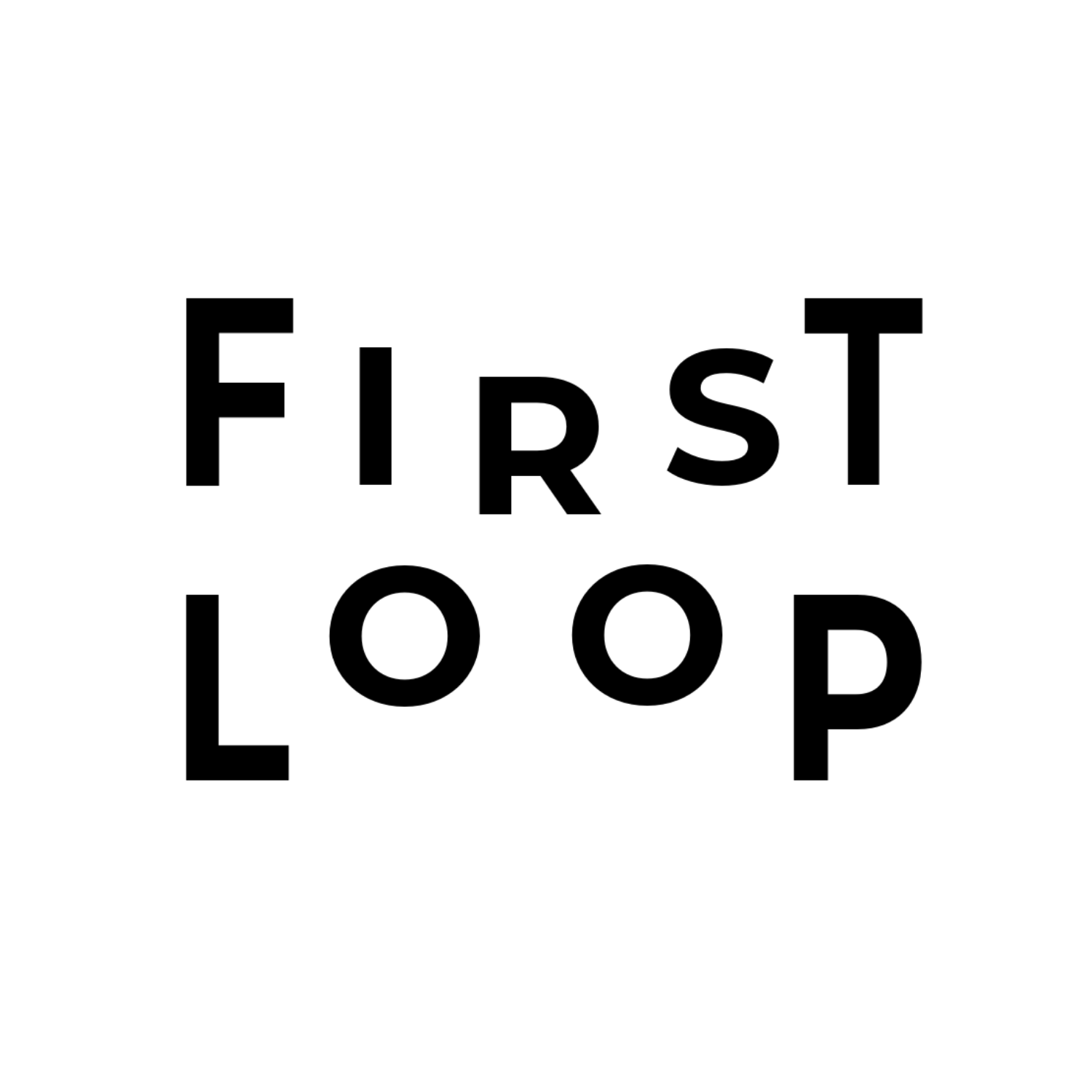How to Optimize Your Innovation Process with a Kanban Board
- Maitraiyi Khimesara
- Jun 4, 2024
- 3 min read
Updated: Sep 13, 2024
It can be challenging trying to manage a consistent flow of innovative ideas in any business paving their way to success. The Kanban Board provides a simple, yet efficient, way for organizing and managing these ideas in your innovation process.
What is a Kanban Board?
A Kanban Board is a visual tool that is used to manage workflows. It is essentially divided into columns representing the different steps of a process. They include "Ideas," "In Progress," "Testing," and "Done." A card or a sticky note is used to represent each task or idea, moving from one column to another as it progresses. This visual representation helps teams track the state of each task and hence see if there are any bottlenecks in their process.
Benefits of Using a Kanban Board
Greater Efficiency: Limiting the number of works in progress lets teams really focus on completing work before taking on new projects. This leads to quicker development cycles.
Better Collaboration: The Kanban Board is a visual platform where one can easily communicate, share, and update ideas with transparency within the team's members, keeping the team on the same page.
Greater Flexibility: The Kanban system is agile, thereby enabling teams to adapt to changing priorities or market demands effortlessly.

How to Implement a Kanban Board
Here is a simple guide that helps you get started with the implementation of a Kanban Board in your innovation process:
Assemble the Team: Assemble the core team that will be participating in the process. Ensure everyone gets what is to be achieved with the Kanban Board and what their role in the process would entail.
Describe the Workflow: Now, map out each step in your process—from idea generation right up to implementation. Feel free to customize the steps for what works best for your team, but just make sure the steps are clear and specific.
Create Your Kanban Board: Either use a real board and sticky notes, or a modern tool that creates a virtual board. To represent your workflow in a visual format, the columns on the board should be lined up representing the different steps.
Set WIP Limits and Prioritize Ideas: Review tasks that your team can work on simultaneously and rank your ideas according to their potential impact or their feasibility.
Move the Cards and Review Regularly: As the tasks progress, move the cards on the board accordingly as per the status of the task. The team needs to have regular meetings, to review the progress of the tasks, to identify any bottleneck, and make sure that relevant adjustments are made.
Example: Adding New Drinks to the Menu of a Café Using a Kanban Board
Imagine you operate a café and are trying to launch new drinks. Here's how you can use a Kanban Board to effectively do so:
Ideas → Place sticky notes for every new drink idea, such as "Iced Matcha Latte" or "Ginger Lemonade."
In Progress → Move selected drinks to this column as your team tests recipes and starts refining them.
Testing → Drag drinks being taste-tested and refined into this column.
Done → When the drink has been tested and is ready to introduce to your menu, move it to the "Done" column.
This Kanban board is going to help you visualize the progress of each new drink from idea to final addition to the menu, and it will not let anything slip through the net.
Understanding Kanban Flow
A Kanban Flow is the smooth flow of tasks in consecutive steps across the Kanban Board. It aims for a stable work process with no delays or bottlenecks. Continual monitoring of the flow could help teams make adjustments that bring improvement in efficiency and productivity.
To achieve high Kanban Flow, consider the following:
Cycle Time: Watch how long it takes for tasks to move through each step. It will indicate if there is some step where the work is getting delayed.
Identify Bottlenecks: Once in a while, review the board to spot the step at which tasks seem to accumulate. Address bottlenecks by changing resources or processes.
Adapt WIP Limits: If work seems to be too slow, then change the Work in Progress limits on tasks to something more in line with your team's capacity.
Feedback: Encourage your team to give feedback on the flow and suggest changes—this will help in gradual improvements to your innovation process.
Ready To Utilize Kanban Boards For Your Business?
The Kanban Board is an excellent tool that can help you easily streamline the innovation process, managing clear visualization almost seamlessly. This will make it easier for team members to collaborate with one another, making them more efficient and adaptable to shifting priorities.
Book a discovery call to explore how we can help you or your team become more innovative.
